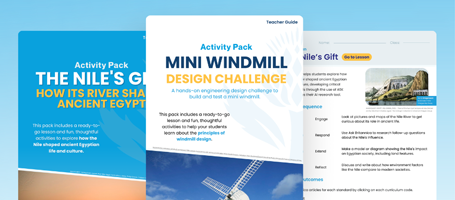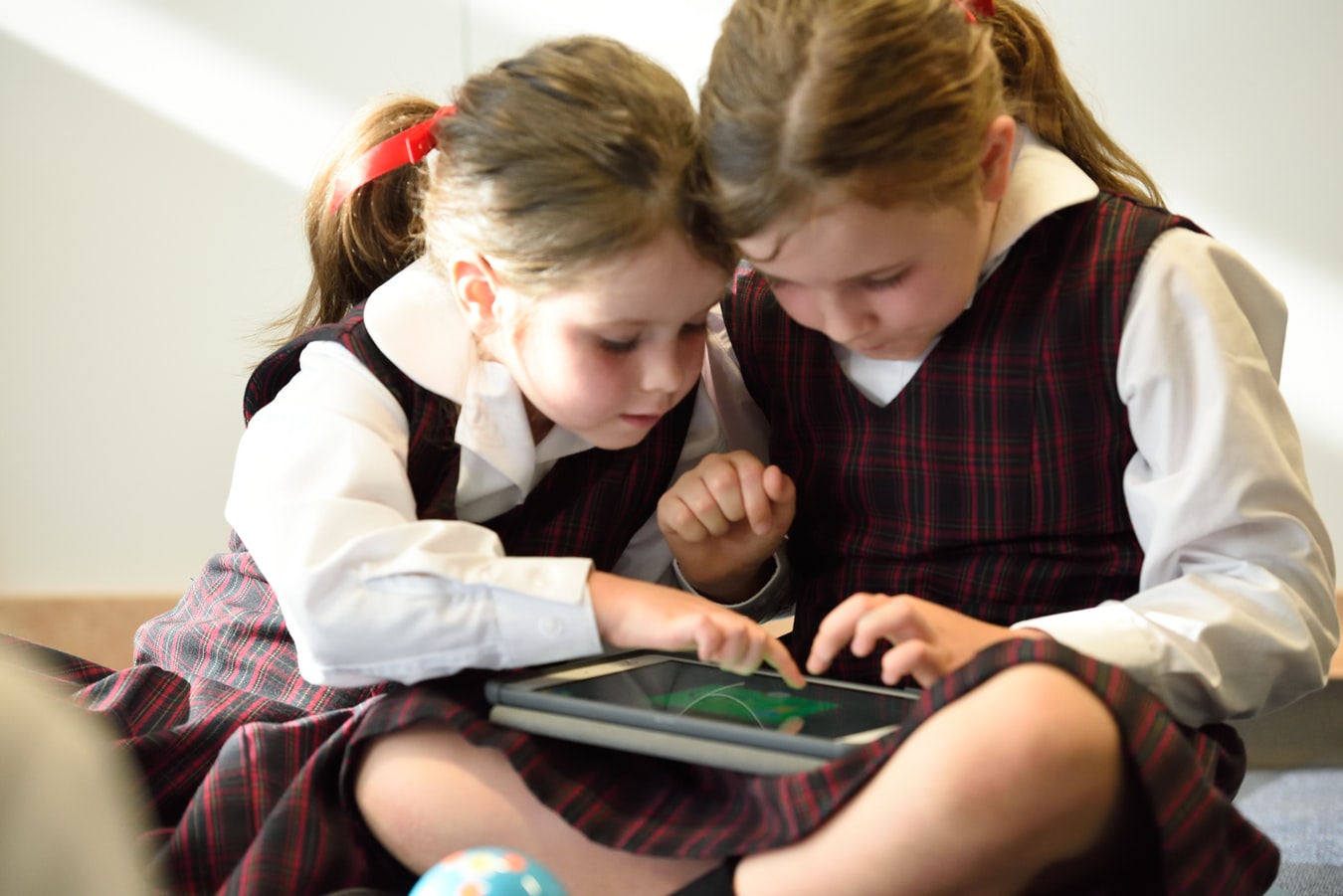Ever since the introduction of the personal computer opened up our ability to freely share information, digital media has become an indispensable part of our society – and our classrooms. As teachers, now is the time to embrace and utilise this resource to enhance how we teach and how students learn.
Whether your classroom is instructor-led or student-led or both, using media effectively will help to complement your teaching and learning.
Let’s take a closer look at each style and how you can successfully put them into practice.
Instructor-Led Learning with Media
In instructor-led classrooms, teachers step away from being a “sage on the stage” and become a “guide on the side” – a facilitator of learning. As instructor, your role is to help students understand what they are hearing, reading or seeing as they analyse, evaluate and use media. It is also the instructor’s responsibility to provide students with access to materials before, during and after learning a concept.
In instructor-led learning, media can be used before a discussion to give students an anchor, shared during a discussion to reinforce ideas and theories, or presented as part of a case study and analysed by students using the theories and concepts discussed.
In particular, using moving images and sound to communicate a topic is engaging, insightful and aid in the mastery of more difficult concepts.
Top Tips to Consider:
- Incremental Steps
Start small, incorporate a movie clip or song into your class and then branch out as you begin to feel more confident. - Integrate Right
Media needs to be integrated effectively into learning. The focus is not about entertainment but enabling students to learn more. Remember, you must still meet curriculum requirements when using media in your lessons. - Use Subtitles
Subtitles help to focus students’ attention to the words being said and provide an alternate way to access content. - Be Prepared
Unfortunately technology does not always work; always have a backup plan. - Copyright
Be mindful of intellectual property. Always check the copyright information before sharing or altering a piece of media.
Student-Led Learning with Media
Student-led or student-generated learning encourages students to take on the role of the teacher. Students are tasked with creating content to engage other learners and help them master concepts.
Allowing students voice and choice in their learning contributes to higher levels of motivation and engagement. The content-mastery, skills and accountability that underlies media creation also mean that students move beyond passive consumption; the aim is to teach students to become active and ethical media users and producers.
In most cases, you do not have to be tech-savvy to utilise this style of learning. Many of today’s students have grown up in a digital world and will be somewhat fluent in the language of digital expression. Rather, your role is to guide your students to create content that has a purpose and is meaningful for their intended audience.
Social Media in the Classroom
In more recent years, the explosive growth of social media has given us unprecedented opportunities to share information, ideas and resources with the world. Young people are increasingly gravitating towards social media to document their experiences and interact with their peers. For all its perceived flaws, social media is a dominant form of media that probably already has ample buy-in from your students, and it is important not to overlook this medium and the impact it can have on enhancing teaching and learning.
Some ways to incorporate social media in teaching and learning include:
- Writing blog posts where students describe their experiences or share information.
- Scrolling through online news feeds so students can access the latest updates on news and events.
- Creating a social media page where you can easily post updates to keep parents and students in the loop about school or class events, projects and other communication.
- Access help and support from experts by posting a question to Twitter or Facebook. This also allows other students to see the question posted and the relevant response or feedback.
- Encouraging collaboration between students working on group assignments.
There are many advantages of using social media in your classrooms;
- Promotes peer interaction and therefore a sense of belonging among students and their peers, as well as students and their instructors.
- Students are likely to have already been exposed to – if not familiar with – social platforms such as Facebook, effectively lowering the “learning-curve” associated with using a new technology
- Blogs and social postings provide opportunities for collaboration and communication
- Keeps students informed and up to date with topical, real-world news events
- Helps to build confidence in students who are less willing to share ideas in a classroom setting
Sources:
“How to Use Media to Enhance Learning” Pedagogy in Action – the SERC Portal for Educators, Carleton College and NSF, Aug. 2019, https://serc.carleton.edu/sp/library/media/how.html
Featured Image: stem.T4L on Unsplash

 By
By 